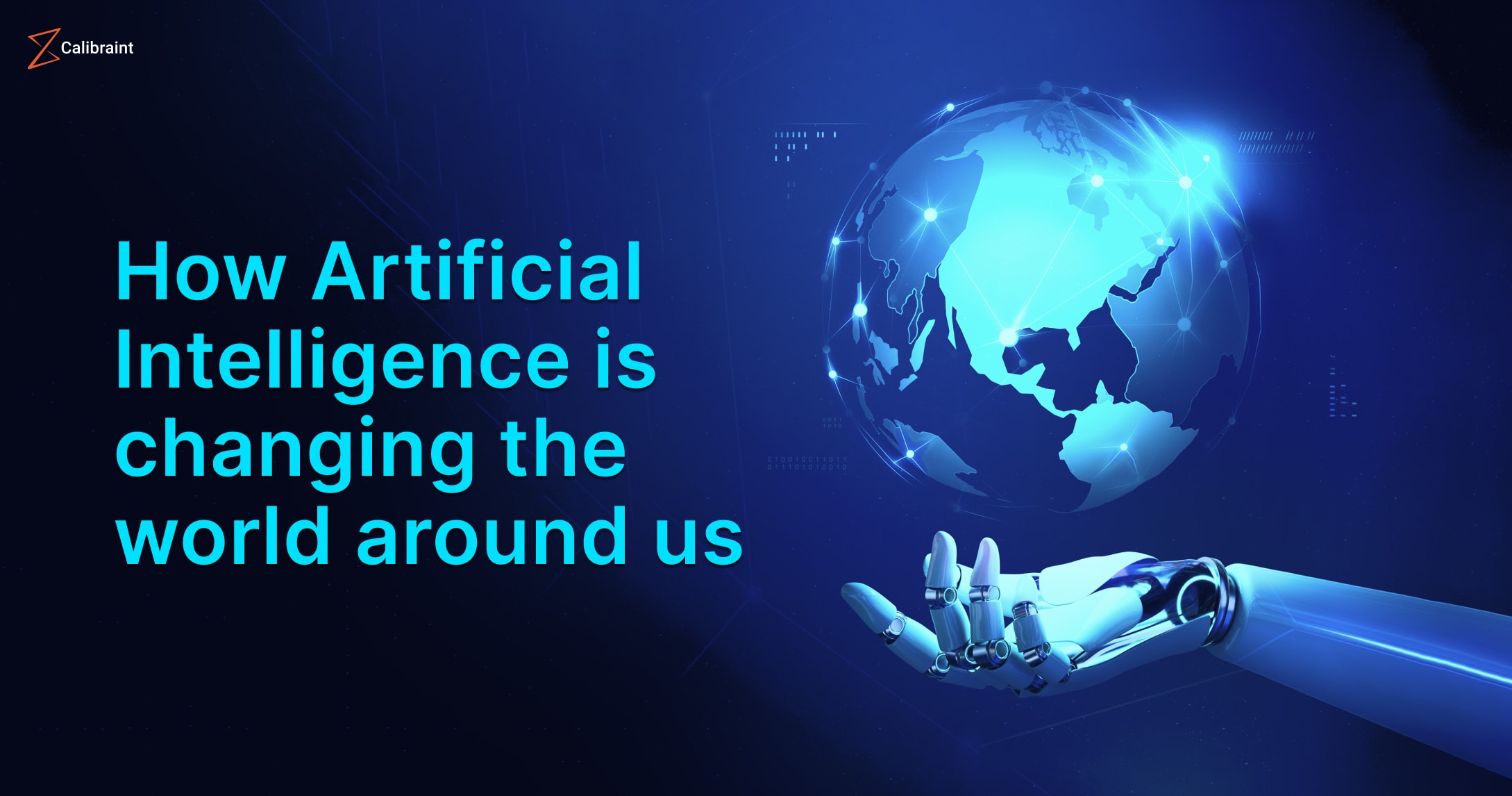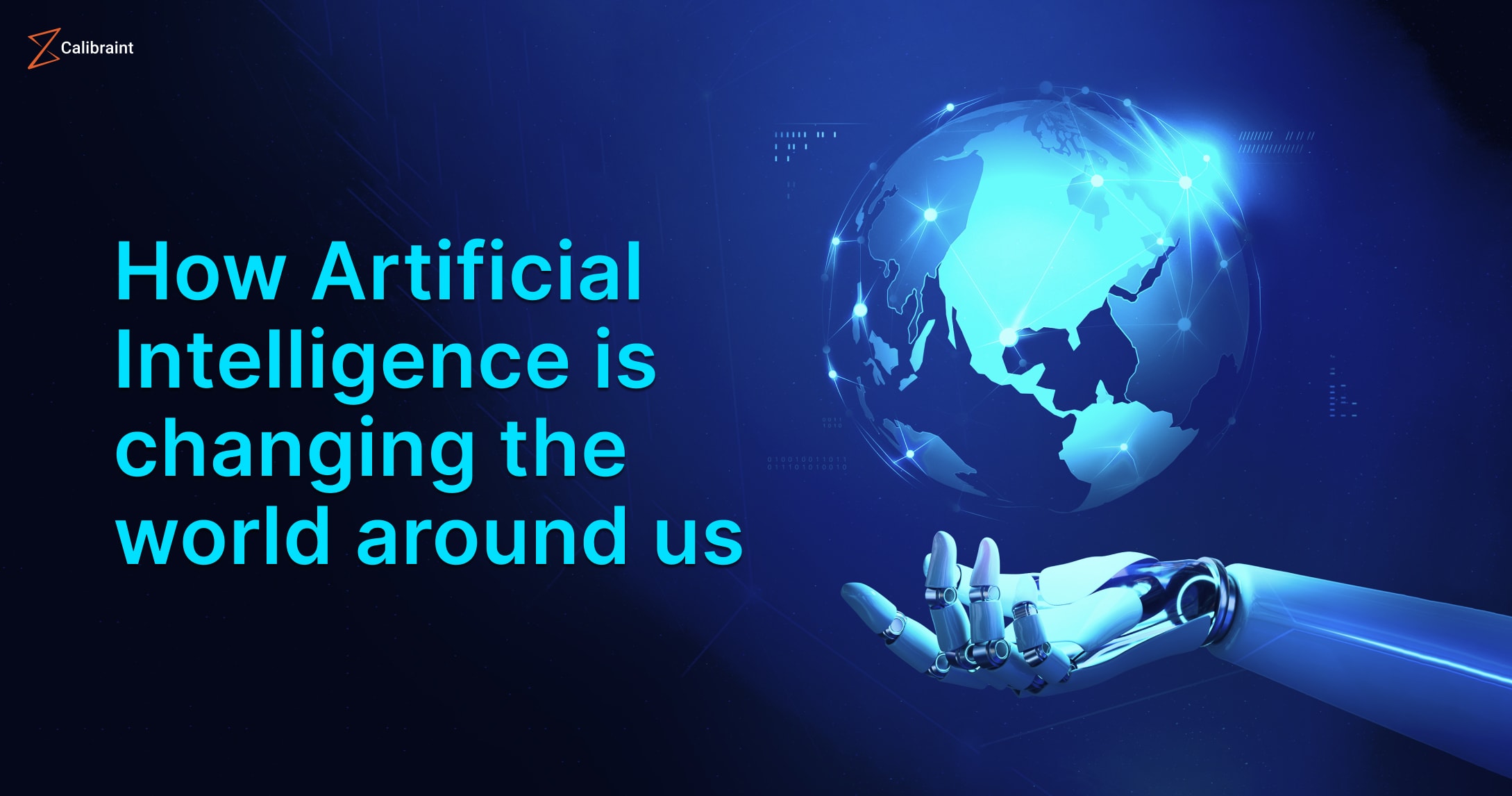Understanding Artificial Intelligence: How AI is Transforming the World Around Us

Just a few years ago, Artificial Intelligence (AI) seemed like a far-off concept — something reserved for sci-fi movies or futuristic tech labs. Today, AI is everywhere. From voice assistants and recommendation engines to self-driving cars and intelligent chatbots, AI is shaping the way we live, work, and connect.
But what exactly is AI? How does it work? And what does it mean for our future? Whether you’re new to the concept or just looking to understand it better, this guide breaks down AI in a clear and accessible way.

What is Artificial Intelligence?
At its core, Artificial Intelligence is the ability of a machine or computer system to perform tasks that typically require human intelligence. This includes things like:
-
Learning from experience (just like we do)
-
Recognizing patterns
-
Understanding language
-
Making decisions
-
Solving problems
AI isn’t one single technology — it’s a field of computer science that includes many different techniques and systems, such as machine learning, natural language processing, computer vision, and robotics.
A Brief History of AI
The idea of intelligent machines dates back to ancient myths and 20th-century fiction. But modern AI research officially began in the 1950s. In 1956, a group of scientists at Dartmouth College coined the term “Artificial Intelligence” and began exploring whether machines could mimic human reasoning.
Early AI focused on symbolic systems and logic. Over the decades, the field saw waves of excitement and funding — followed by “AI winters” when progress slowed.
The biggest breakthroughs came in the 2010s, when advances in computing power, algorithms, and data allowed AI systems to become incredibly powerful — capable of recognizing images, translating languages, and even defeating world champions in games like chess and Go.
How Does AI Work?
AI systems can be built in different ways, but many modern applications rely on machine learning (ML). Here’s how it works:
-
Data Collection: AI needs large amounts of data — images, text, video, numbers — to learn from.
-
Training: The system is trained using algorithms that look for patterns in the data.
-
Learning: Over time, the system improves its ability to make predictions or decisions based on new data.
-
Deployment: Once trained, the AI can perform tasks on its own, such as recognizing a face or recommending a movie.
In more advanced AI, systems can learn continuously, improving without being explicitly programmed each time.
Real-Life Applications of AI
You may not realize it, but you probably interact with AI every day. Here are some common examples:
-
Smart Assistants: Siri, Alexa, and Google Assistant use AI to understand and respond to your voice commands.
-
Streaming and Shopping: Netflix, Spotify, and Amazon use AI to recommend movies, music, or products based on your habits.
-
Healthcare: AI helps doctors detect diseases, read medical scans, and even assist in surgeries.
-
Finance: AI is used for fraud detection, customer service chatbots, and managing investments.
-
Transportation: Self-driving cars use AI to “see” the road and make real-time decisions.
In agriculture, AI monitors crops and soil. In education, it personalizes learning. In art, it’s creating music, paintings, and poetry. The list keeps growing.
Benefits of AI
AI is helping us solve complex problems faster and more efficiently than ever before. Some of the key advantages include:
-
Automation of repetitive tasks: This frees up human workers for more creative and strategic roles.
-
Increased accuracy: AI systems can analyze huge amounts of data with precision — often outperforming humans in certain tasks.
-
24/7 availability: Machines don’t sleep. AI systems can operate continuously.
-
Cost savings: Once deployed, AI can reduce operational costs in areas like customer service, logistics, and diagnostics.
-
Innovation: AI is helping scientists develop new drugs, engineers build smarter cities, and businesses create entirely new products.
Concerns and Challenges
Despite its potential, AI also raises important ethical, legal, and social questions.
1. Job Displacement
As AI automates more tasks, some jobs may disappear or change drastically. While new roles will be created, workers need support and retraining to adapt.
2. Bias and Fairness
AI systems can unintentionally reflect or even amplify the biases in the data they’re trained on. This can lead to unfair outcomes in areas like hiring, policing, or lending.
3. Privacy
AI collects and analyzes personal data — which raises questions about how our information is used, stored, and protected.
4. Misinformation
AI can create deepfakes, generate realistic fake news, and be misused to spread false or harmful content.
5. Autonomy and Control
As AI becomes more powerful, who controls it — and how it’s regulated — becomes a major concern for governments and societies.
The Future of AI
So, where is AI heading?
-
Smarter personal assistants that understand context and emotions
-
More autonomous vehicles and drones for transport and delivery
-
AI-powered education tailored to each student’s needs
-
Collaborative robots (cobots) working safely with humans in factories and hospitals
-
Creative AI that co-writes books, makes films, and even designs buildings
There’s also growing interest in Artificial General Intelligence (AGI) — a type of AI that can perform any intellectual task a human can. While still theoretical, AGI raises profound questions about consciousness, ethics, and humanity’s place alongside machines.
How to Prepare for an AI-Driven World
Whether you’re a student, professional, or just curious, here are a few ways to stay informed and adapt:
-
Learn the basics of AI and data science through online courses
-
Stay up-to-date with trends in technology and innovation
-
Build digital literacy, including critical thinking and ethical awareness
-
Encourage responsible AI by supporting transparency, fairness, and human-centered design
You don’t need to be a programmer to understand or influence how AI develops — you just need curiosity and awareness.
